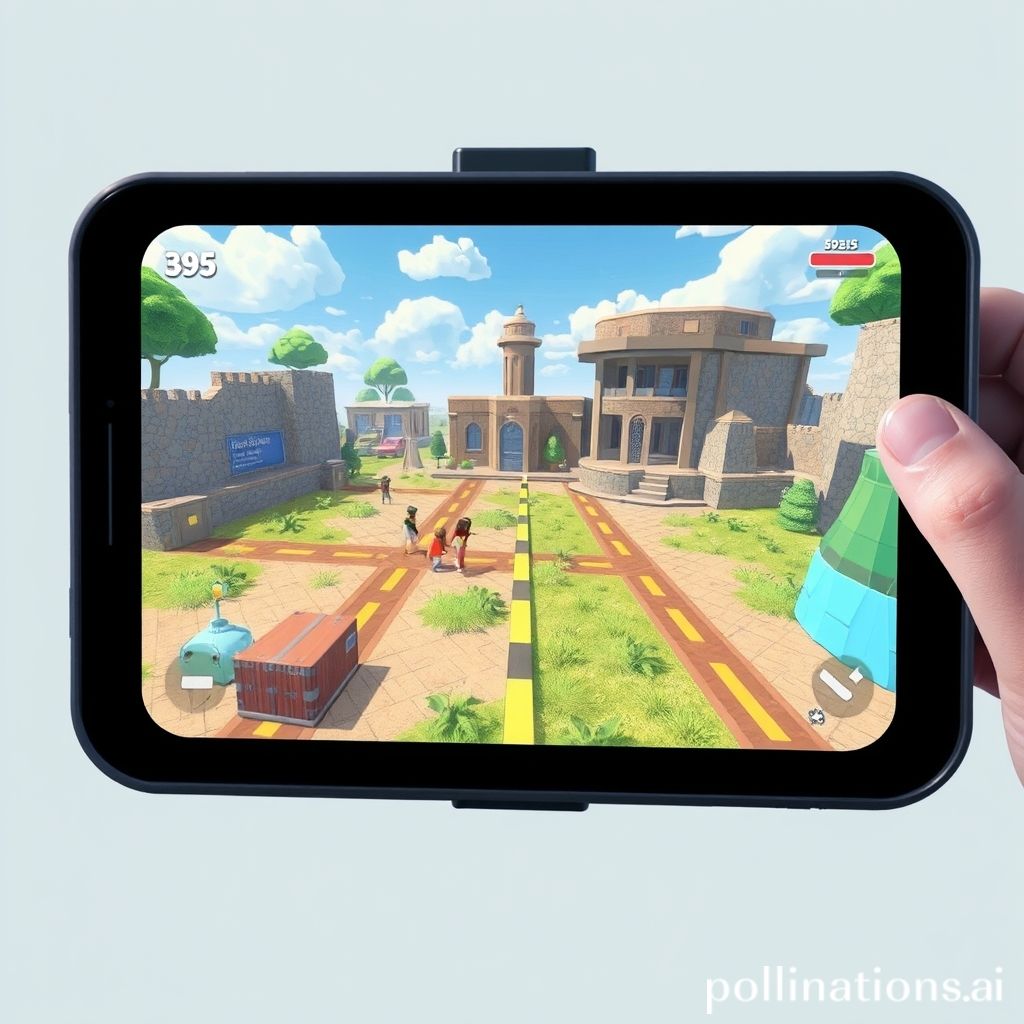
Exploring the Future of Augmented Reality in Game Development
Augmented Reality (AR) has emerged as a groundbreaking technology reshaping the landscape of game development. By merging digital content with the real world, AR offers players immersive experiences beyond traditional gaming. As advancements in technology continue to evolve, AR's potential within the gaming industry is vast and exciting.
The Current State of Augmented Reality in Games
Today, AR is prominently showcased in mobile gaming through apps like Pokémon GO, which integrates virtual characters into real-world environments. This game introduced millions to the possibilities of AR, highlighting its unique blend of gaming and reality. Other examples include:
- Ingress: A location-based game that challenges players to claim portals within their surroundings.
- Harry Potter: Wizards Unite: An AR game that allows players to engage in wizarding adventures in real-world locations.
- Snap Games: Offering mini-games that leverage AR features for interactive experiences.
These games have set the stage for developers to explore new mechanics, narratives, and social interactions through AR technology.
Technological Advancements Driving AR Gaming
As technology evolves, so too does the potential of AR in gaming. Several advancements are spearheading this evolution:
- Enhanced Hardware: The development of AR glasses and headsets is making immersive gameplay more accessible and engaging.
- 5G Connectivity: Heightened internet speeds allow for real-time data processing, enabling smoother interactions and richer experiences.
- AI Integration: Artificial intelligence can personalize gameplay, create adaptive environments, and enhance character interactions in AR settings.
With these advancements, developers have an opportunity to push the boundaries of what is possible in AR gaming.
Innovative Gameplay Mechanics
AR introduces unique gameplay dynamics that differentiate it from traditional gaming. Key mechanics include:
- Real-World Interaction: Players navigate their environments, interacting with physical objects that blend seamlessly with digital elements.
- Community Engagement: AR games encourage players to step outside and connect with others, fostering a sense of community.
- Hybrid Storytelling: Narratives can unfold in real-time based on a player's location and activities, creating personalized storytelling experiences.
These mechanics can redefine player engagement, making games more interactive and socially relevant.
The Future: Challenges and Opportunities
While the prospects are promising, several challenges remain in AR game development. Issues such as:
- Technical Limitations: Current technology may not fully support complex AR interactions.
- User Privacy: Safeguarding user data when interacting with real-world locations is essential.
- Market Saturation: With many AR games entering the market, distinguishing innovative content will be crucial.
However, the opportunities for developers are significant. As AR technology progresses, developers have the chance to create captivating experiences that could revolutionize the gaming industry.
Conclusion
The future of augmented reality in game development holds immense possibilities. With the right technological advancements and creative innovations, AR has the potential to redefine gaming, interaction, and storytelling. As we continue to explore this captivating frontier, the boundaries between the virtual and real worlds will only continue to blur, offering players new adventures at their fingertips.
